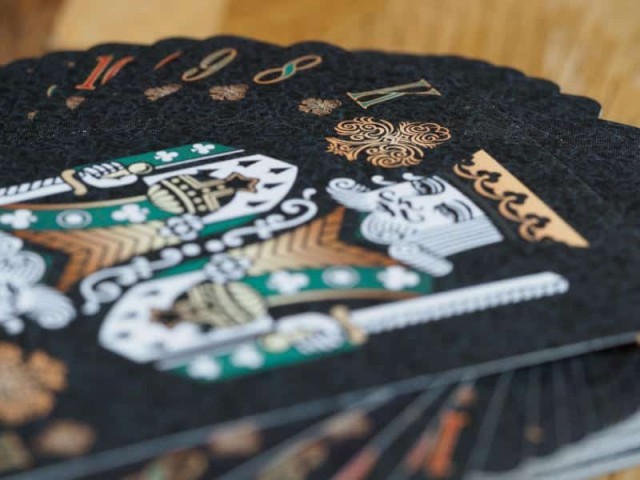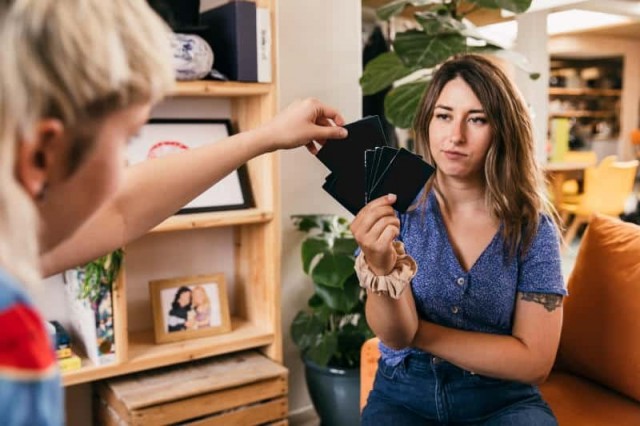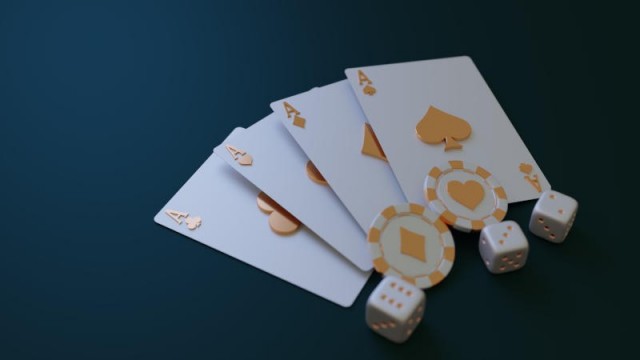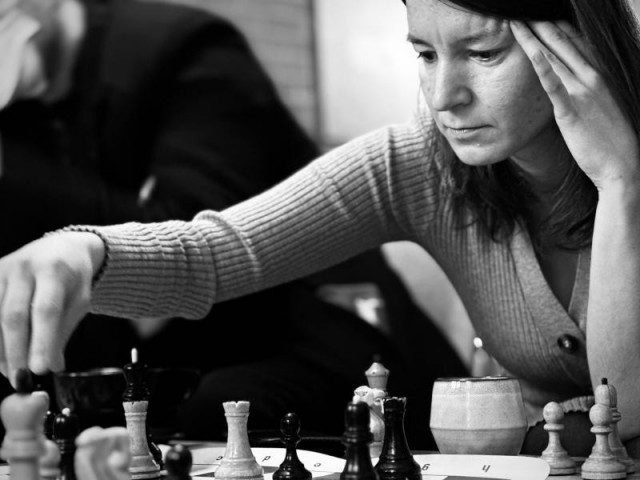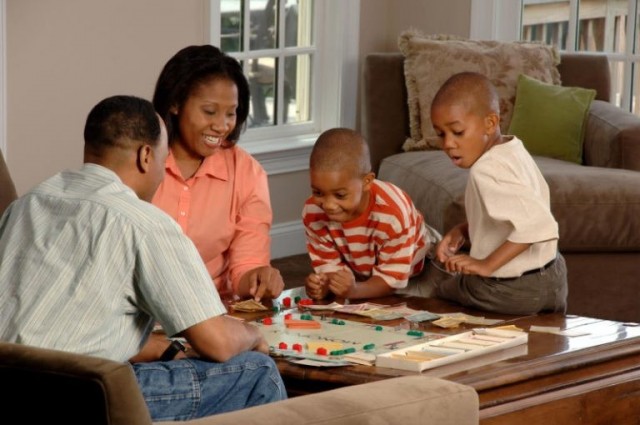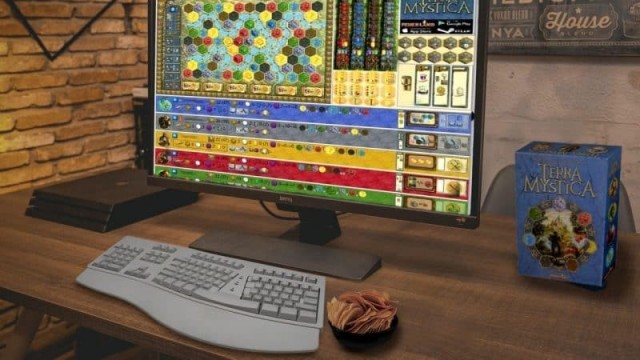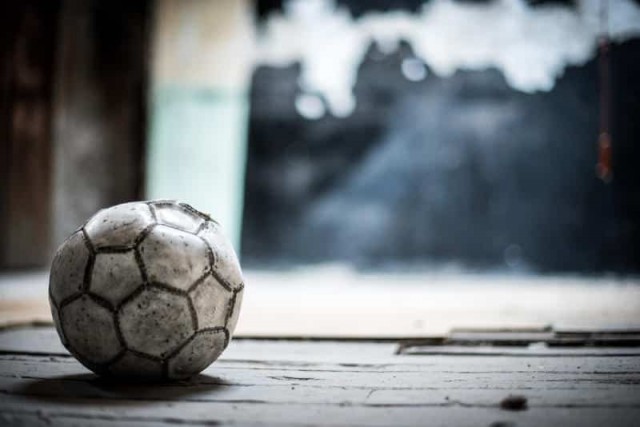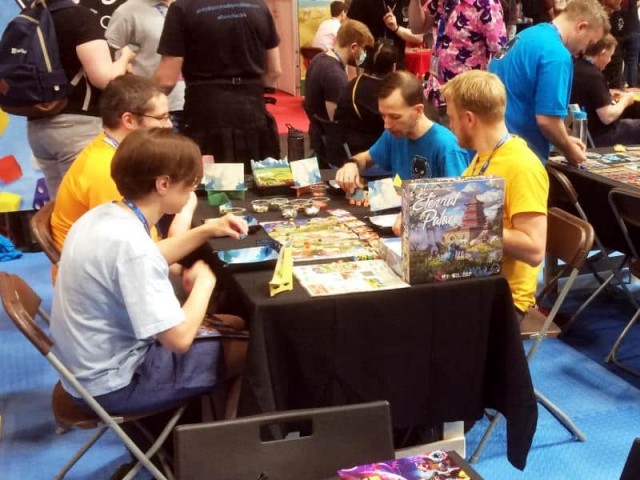As we all know, plastics are the scourge of our planet and can now be found virtually everywhere - from the obvious places like landfill sites to the most unexpected such as in the Arctic. They have invaded the food chain and it is estimated that less than 10% of plastics is recycled each year globally. Some countries have introduced legislation banning certain types of plastics and we each can do our bit to help reduce the use of plastic and thereby reduce plastic waste - and we can try to influence the use of plastics in our hobby.
Plastics are very pervasive in board games these days. Everyone will have used acrylic cubes, plastic dice, plastic player tokens or miniatures at some point. Plastic card sleeves and baggies for component storage are also very popular. We will also be very aware of the plastic shrinkwrap that new games come in. It's pretty much impossible to avoid.
However, it really doesn't have to be like that. I've grown up with wooden components in board games. Germany's board game heritage always consisted of wooden player pegs, wooden dice and other wooden tokens and components. Wooden meeple are still very popular and custom wooden tokens have become very commonplace.
Yet, wood has its limitations. If you want something highly detailed, then plastics are the way forward. If you want translucent or clear components, plastics are virtually the only choice - even though glass can also stand in sometimes. The main advantage of plastics is cost though, not just from a pure raw material perspective, but also from a manufacturing perspective.
So it's no surprise that publishers haven chosen plastics over wood in the last few years - and we've added to this trend by demanding the cost of games to be lower and lower, while asking for more and more components of higher and higher quality.
Things are starting to change though. People have started to wake up to the problem of plastics globally and our hobby is part of that change. Publishers have started to use the idea of sustainability and responsibility to make their products stand apart from competitors'.
Haba's statement about sustainability and responsibility feels rather generic and really only talks about the company's impact on the environment in a couple of paragraphs, not mentioning plastics specifically anywhere, but then the company is more famous for its wooden toys.
However, Haba USA recently mentioned in a post on Twitter that they are working on replacing shrinkwrap with pull-off sticky tabs, which hold the box lid in place. They are also going to use paper bellybands to keep multiple sheets of punchboards together and paper bags instead of plastic for loose components in some of their games. That's a really good start.
In August of 2019, Hasbro released a statement where they promised to phase out plastics packaging for all of their new toys and games, starting this year, 2020. I don't know how much progress they have already made this year, but again it's great to see these very public announcements for a big company like Hasbro.
It's not just the big names that are trying to make positive changes. A number of smaller publishers are also doing their bit, even though they have a much smaller budget and face much less public pressure.
subQuark's Earth-friendly statement says that "having all materials being recyclable isn't the best that we can do" and the small publisher proves what they've achieved by listing all of their accreditations, including the PEFC, FSC and SFI standards pertaining to how forests are managed to ensure wood fibre products are produced sustainably.
Big Potato Games has also done a few things to replace plastic with better alternatives. Back in August 2019, they announced in a Twitter post that they replaced their plastic bubble bags with 100% recyclable versions when posting games and added a recycling reminder sticker made from recycled paper so people would know to put the mailing bag into their recycling.
Big Potato Games is now in the middle of removing all plastic packaging from all of their games. Their plan is to have no plastic trays and no plastic wrap on the boxes and cards. They're also testing sticker tabs to seal the boxes that are based on cellulose and their new game P For Pizza is already completely free of plastic.
It's not just up to publishers to reduce plastic though. We can also do our own bit. Instead of buying plastic storage containers, or using plastic baggies, maybe we can find cardboard containers that do the same job or find great paper bags - or shell out on a cardboard insert that allows you to store everything safely and neatly while at the same time speeding up setup and breakdown times. Sleeving cards will keep them pristine, but having a deck of cards that is well-loved is also very charming, so unless you intend to sell your cards, leave them unsleeved. We don't always need detailed miniatures or realistic resources, but cardboard standees or cardboard tokens will work just as well - or if you have to, get some metal coins to give you a feeling of luxury.
I wonder what you think about plastics in board games. Do you find it absolutely vital to the game experience to have gorgeous acrylic gems or highly detailed miniatures? Do you really need realistic oil barrels? Does everything have to go in its own baggy? What alternatives have you found and what can you do without? Please share your thoughts in the comments below. I'd love to hear what others have done.
 Games
Games How to resolve AdBlock issue?
How to resolve AdBlock issue? 
